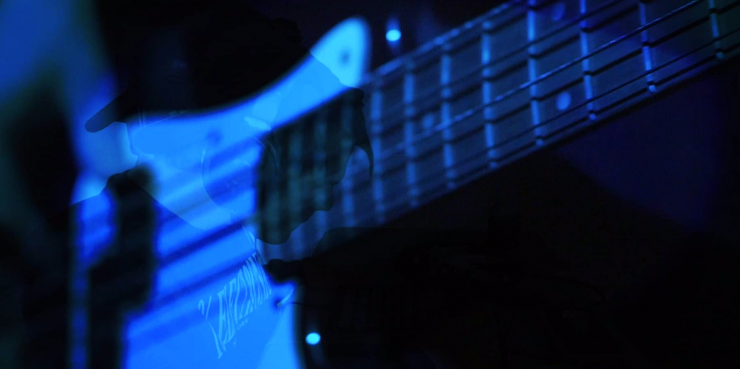Reflective Writing
The aim of a music video is to intrigue a listener to a song, it is in a sense a form of promotion to try and increase sales. The main aim of our video was to be aesthetically pleasing and synchronise with the song so this would be heavily dependent on the visuals and the editing stage. Caston (2017) suggests that disjunctive editing can momentarily create a sense of disequilibrium that forces the viewer to focus on the musical and visual aspects. This technique is important as it focuses the listeners attention to the audio. This is why when filming the music video it is important to keep the aim in mind, so the visual aspects were the focus in order to aesthetically match the song. Caston (2017) also suggests that the core principles of editing instrumental and vocal shots to camera used performance shots so that the viewer sees the realistic source of sound. We decided to use this method so we filmed shots with various instruments and matched them to the music to make it look like they were recorded simultaneously. Furthermore Dancyger (2011 pg.277) Suggests that editors use sound match cuts in a way that is aesthetically pleasing for the viewer as well as achieving purposeful narrative advancement. There was not a strong narrative in this music video so ensuring that the video is visually pleasing was the main aim. Whilst editing this video I kept this research in mind and used sound match cuts as the beat in the song was speeding up to ensure the aesthetics were entertaining and as a way to elegantly move through time. This technique was definitely successful within the music video as the fast-pace edits that matched the song allowed the video to flow smoothly.
After the editing stage of the video was completed I noticed that the final piece had shots which were very dark however this was not an issue during the editing stage. I should have increased the brightness/contrast during these shots, as overall it degraded the visual quality of the video. I’m not sure if this was just a problem on the monitor I was using or with the actual video but from this I learned that quality check is important to ensure my work is of the highest standard.
Bibliography
Dancyger, K. 2011, The Technique of Film and Video Editing: History, Theory and Practice 5th Ed. Elsevier, Burlington.
Caston, E. (2017) The First Cut is The Deepest: Excerpts from a focus group on editing music videos, with explanatory historical and theoretical notes, Music, Sound and the Moving Image, vol.11, No.1, pg.101.
